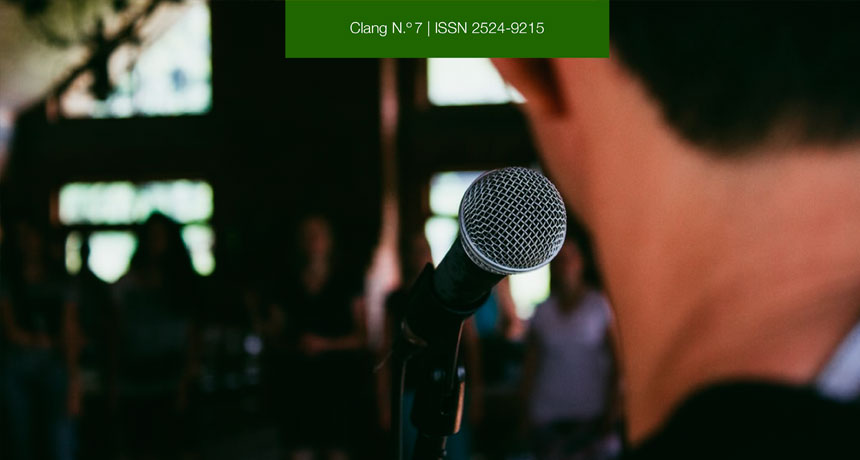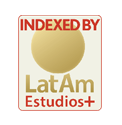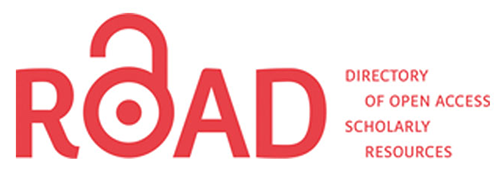A Posibility for Tango
DOI:
https://doi.org/10.24215/25249215e022Keywords:
Tango, guitar, arrangements, didactic guideAbstract
In the second volume of El tango y sus posibilidades (Tango and its possibilities), Claudio Pino Enríquez develops a singular look at the creation of textures for a polyphonic guitar, which independently resolves the sounds of tango. In line with the first book, he holds an approach that prioritizes the rhythmic dimension of the accompaniment and the melody both in the textural framework of the arrangement and in its interpretive resources. It presents an explicitly guided didactic proposal, although its way doesn’t close the chance of obtaining different aesthetic results.Downloads
References
Enríquez, P. (2016). El tango y sus posibilidades. 11 Arreglos para guitarra sola. Guía didáctica sobre arreglos e improvisación. Ciudad Autónoma de Buenos Aires, Argentina: edición del autor.
Enríquez, P. (2019). El tango y sus posibilidades 2. Guía didáctica para abordar el tango en la guitarra solista. Ciudad Autónoma de Buenos Aires, Argentina: edición del autor.
Graciano, J. (2016). Método de guitarra tango. Ciudad Autónoma de Buenos Aires, Argentina: Melos.
Henríquez, S. (2018). La guitarra en el tango. Ciudad Autónoma de Buenos Aires, Argentina: Tango Sin Fin.
Romero, H. (2011). El lenguaje del tango en la guitarra. Ciudad Autónoma de Buenos Aires, Argentina: Estudiarmusica.com.ar
Downloads
Published
How to Cite
Issue
Section
License
The acceptance of the manuscript by the magazine means the non-exclusive cession of the property rights of the authors in favour of the editor, who allows the reuse, after publication (post print), under a license Attribution-NonCommercial-NoDerivatives 4.0 International.
According to these terms, the material can be copied and redistributed by any means or in any format as long as a) the author and original source of the publication are quoted (magazine and URL of the work), access to the license is provided and whether changes have been made is mentioned; and b) the material is not used for commercial purposes.
The cession of non-exclusive rights means that after the publication (post print) in Clang the authors can publish their work in any language, means and format; in such cases it must be mentioned that the material was originally published in this magazine. Such cession also means the authorization of the authors for the work to be collected by SEDICI, the institutional archive of the Universidad Nacional de La Plata, and to be spread in the databases that the editorial team considers appropriate to increase the visibility of the publication and its authors.
Moreover, the magazine encourages the authors to deposit their productions in other institutional and thematic archives under the principle that offering the society the scientific and academic production without any restrictions contributes to a greater exchange of the global knowledge.












 </a >
</a >












